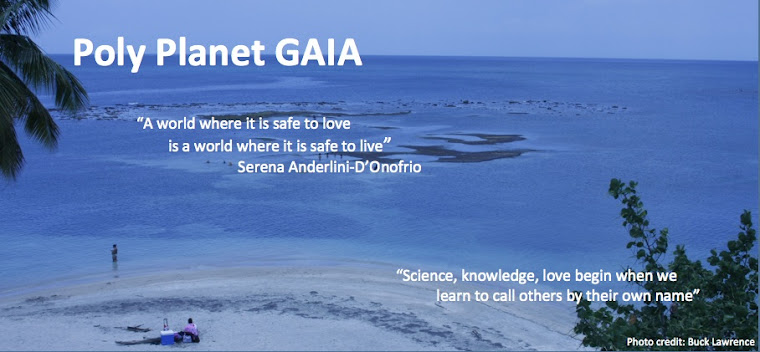Mother Nature, My explosive lover !
Mother Nature
Beautiful you are
You smile and I waver
You kiss and I quiver
Aroused by your touch
Fed by your smooch
Melting my heart
Twisting my feelings
Swinging my being
With your seduction
Warm in the embrace
Of your blazing love
Your magical fingers
The waves conjures
Your tsunamic orgasm
Blows high and mighty
Many cry and scream
As you explode in cum
Your volcanic temper
Leaves me high and dry
In the grip of your love
I gasp for breath
How long shall I drown
In your magical prowess
Making love drenched
Like there is no tomorrow
Oh your anger
I cannot bear
You huff and puff
And the roof goes off
You blow hot and cold
And up it all goes in flames
You bat your seismic eyelashes
And everywhere floods
You shake your bounty
And the earth quakes
With your waves
The wind bows
You move a disc
And everything falls
Licking at your walls
Is it vanity that gives you airs
To sail on howling hairs
Do you seek attention
Or is it my provocation
That gets you in a hoot
For I am guilty too
Bombs I blow
Tear gas I howl
Carbonized air I emit
To get you to submit
Blame it on my human nature
To plough, prod and tear apart
But you my love
I thought are above
My human frailties
In all your subtleties
Lovesick I worship
At your holy shrine
In awe of your majesty
I marvel at your beauty
But now you come wheezing
With many screaming
Sorrows, tears and blood
You leave flowing
In the wake of your howling
Do you in sadistic pleasure gloat
Seeing the disaster you float
Or are these disasters
A harrowing cry for help
Do you cower in the dark
Hoping for a hug
You I cannot but bug
Amidst the floating bodies
Do you hear the screams
Of your helpless victims
Children, old and young
Barely hanging on
Do you flinch?
As they cling?
I preach acceptance
My wish is tolerance
I accept diversity
As life's necesity
But how long shall I bear
The brunt of your anger
Or is it just who you are
Oh mother nature, my love
With your tears you let me know
You are neither a God nor a Goddess
But like me, just a mere creation
You and I are not perfect
My human caprice we will capture
Your wild nature we will nurture
I tame mine, we tame yours
You and I babe
Can be together
A lifetime longer.
 |
| Yemisi Ilesanmi |
Biographical Note
Yemisi Ilesanmi is a trade union/human rights activist. She has a Masters of Law (LLM) on Gender, Sexuality and Human Rights from Keele University, Stadffordshire, UK and a Law degree(LLB) from Obafemi Awolowo University ile -Ife, Nigeria. She works with the Nigeria Labour Congress . She has served on many national and International labour/ human rights committees including as Vice president of the International Trade Union Confederation (ITUC) 2006-2009 and President of the ITUC Youth committee (2004-2009)
Yemisi Ilesanmi is a passionate human rights activist, bisexual, atheist and an unpublished poet and budding writer. She is interested in and often make public presentations on gender issues, sexuality rights, workers rights, youth representation and environmental protection. She is committed to a world of peace where justice reigns supreme.
Text originally published as a Note on Facebook, republished here with permission.
Text originally published as a Note on Facebook, republished here with permission.









